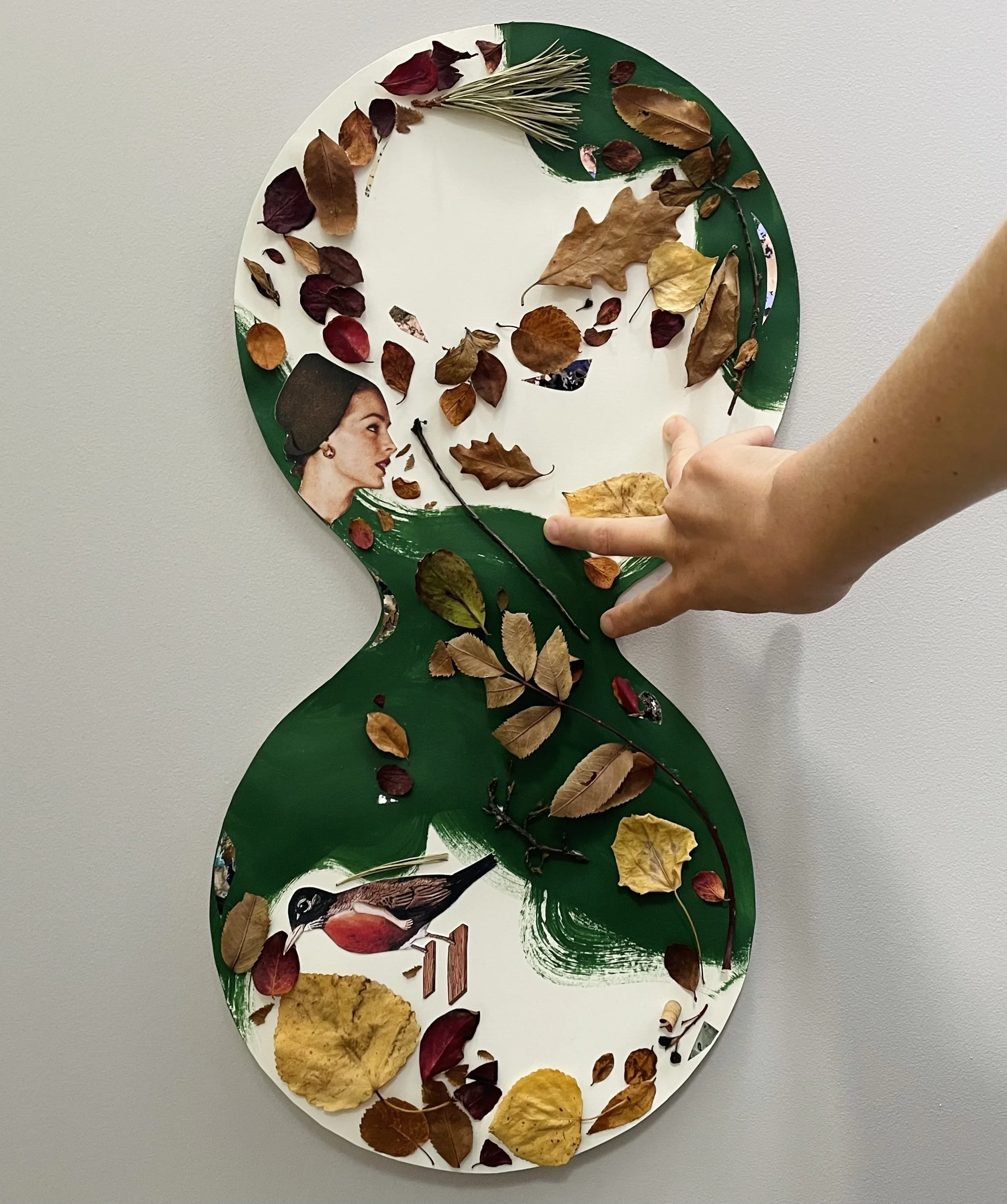I’m curious about the term “Generalist”
🎨 Painting: Justine Anweiler, the most flammable altar piece to ever live 🫣, 2025.
Because, as someone who’s been searching for “the right words” in all that I can do, I feel seen and encompassed by this word.
Often, people see me as the most competent person in the room. And I feel like there is literally nothing I can’t do.
Yet….
I can get tongue-tied when asked what I do. I rewrite my website copy quarterly, and I’m regularly “prototyping” my job title on LinkedIn.
I am someone who hyper-fixates and is supernaturally sensitive to visual stimuli – meaning bad design choices make me unable to navigate a space, stay at a restaurant, or enjoy an exhibition.
It’s an odd problem to have.
It also means I hyper-fixate on areas of learning. I come into something. I am totally taken with it. And I’ll passionately put everyone on to it only to leave it days, months, or years later.
It makes entrepreneurship difficult and job hunting impossible.
So recently I’ve found the term Generalist and Milly Tamati of Generalist World 🌀 and I am curious. Delighted to know others are like me. And that our obsessive problem-solving nature is needed, especially in the work world.
Let’s see 👁️👁️
Article FAQs generated by AI:
1. Why does identifying as a “Generalist” feel so validating for the author, and what problem does it solve?
Identifying as a “Generalist” gives the author a cohesive identity for a previously fragmented experience. They describe a lifetime of nonlinear interests, shifting obsessions, and resistance to narrow definitions of career or self. The term offers a framework that honours versatility and pattern-recognition rather than seeing it as lack of focus. It solves the problem of feeling undefined or “uncommittable” in systems (like employment or branding) that reward specialization and clarity.
2. How does the author’s sensitivity and hyper-fixation both help and hinder their professional life?
The author’s supernatural sensitivity to aesthetics and intense curiosity fuel their ability to deeply immerse themselves, master new fields, and create with taste and depth. However, these same qualities make it difficult to sustain long-term focus or tolerate environments that don’t meet their sensory or intellectual standards. This duality creates friction in traditional career paths and points to a need for more fluid, self-directed, or bespoke ways of working – like entrepreneurship, creative consulting, or project-based collaboration.
3. How does the altar photo relate to exploring and embodying the term "generalist"?
The altarpiece is a symbolic extension of the author’s exploration of being a generalist. It represents a personal, layered, and interdisciplinary creation – a visual metaphor for what it means to hold many interests, beliefs, and influences at once. Altars often combine disparate objects, stories, and meanings into a single cohesive yet eclectic space, just like a generalist does with their skills, passions, and identities.
By calling it “the most flammable altar piece to ever live”, the author is also hinting at the tension and danger of multiplicity, how embracing many selves or disciplines can feel risky in a world that prizes clear categories. It shows that being a generalist is not just about collecting skills, but also about ceremoniously and courageously embodying them, even when they defy convention. The altar becomes an artifact of self-definition, a sacred prototype, or even a chaotic shrine to the beautiful, combustible nature of generalist energy.
